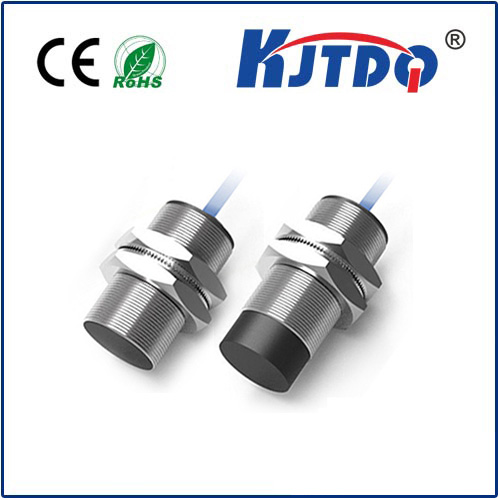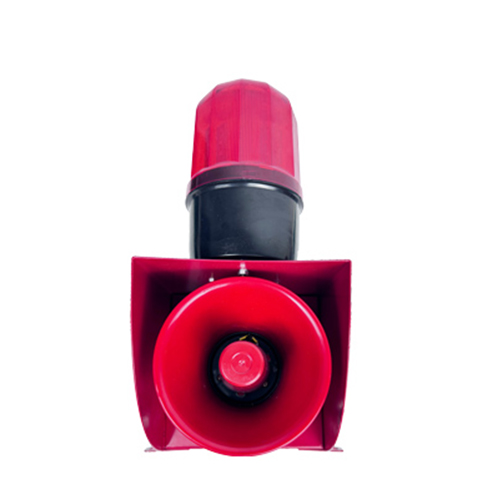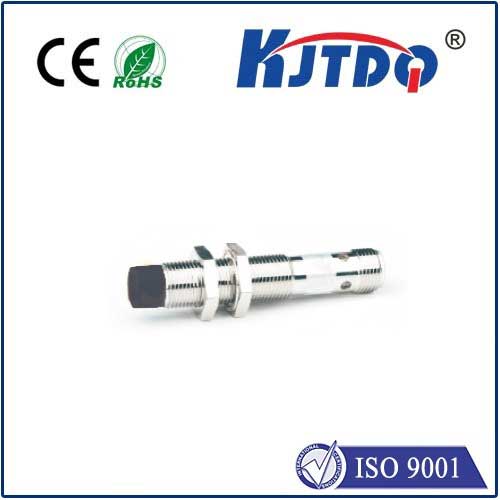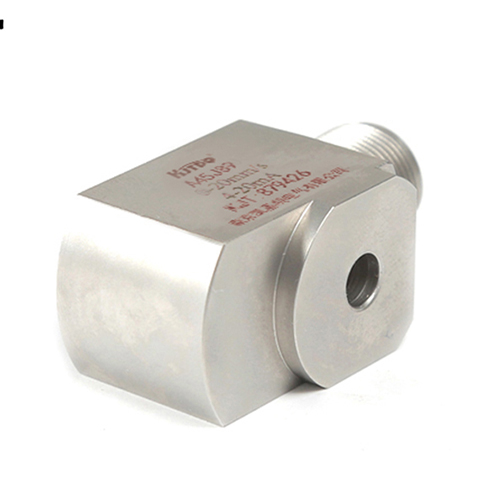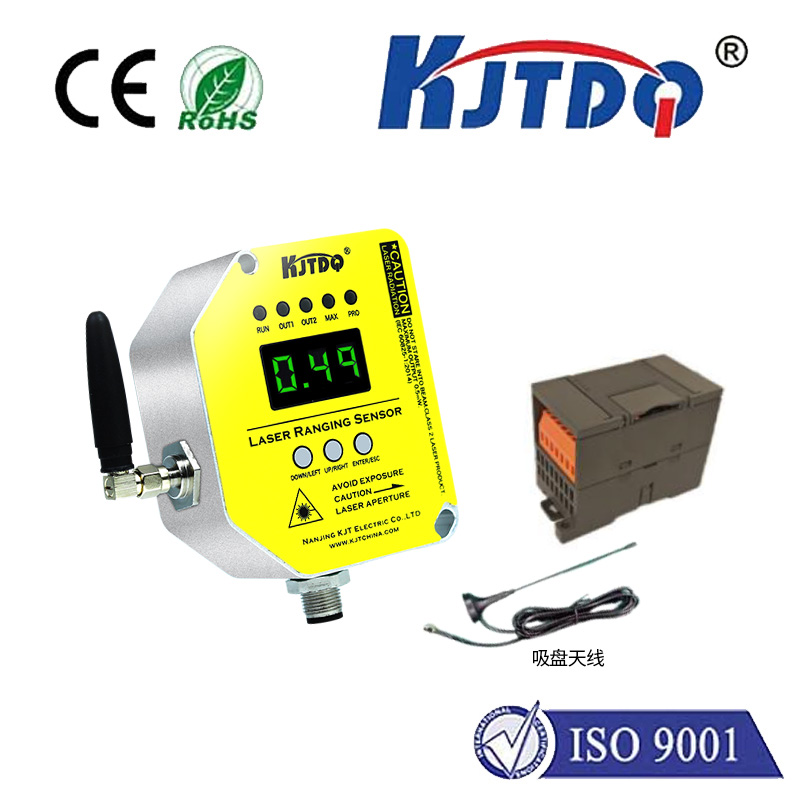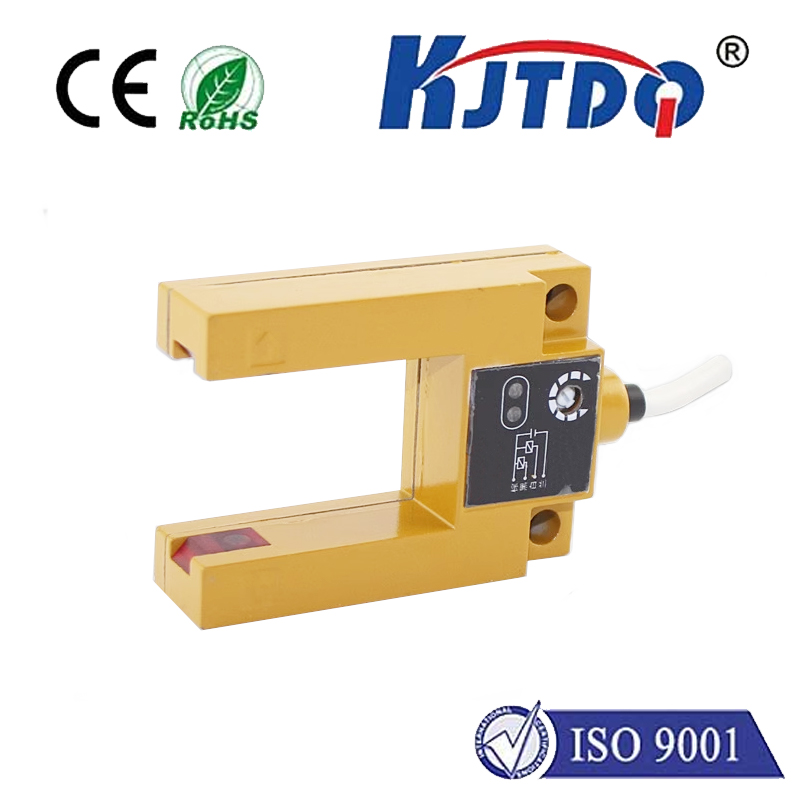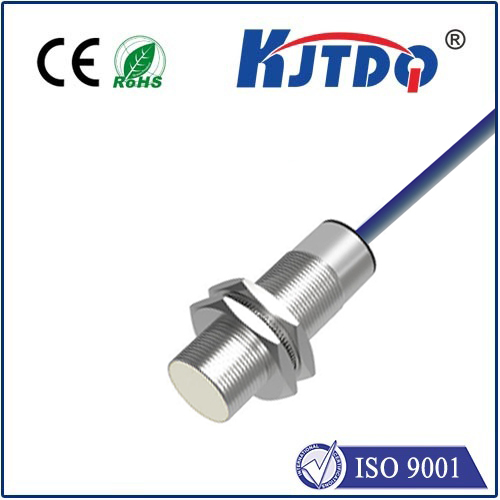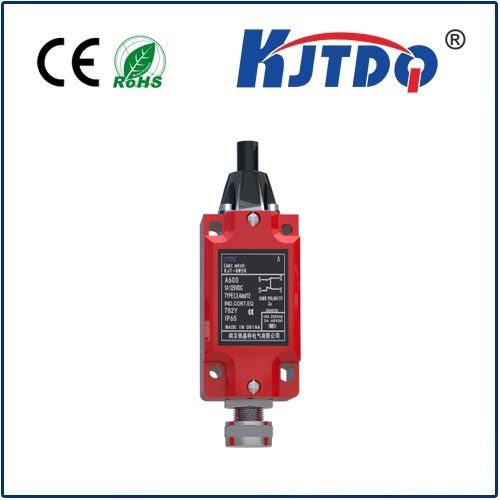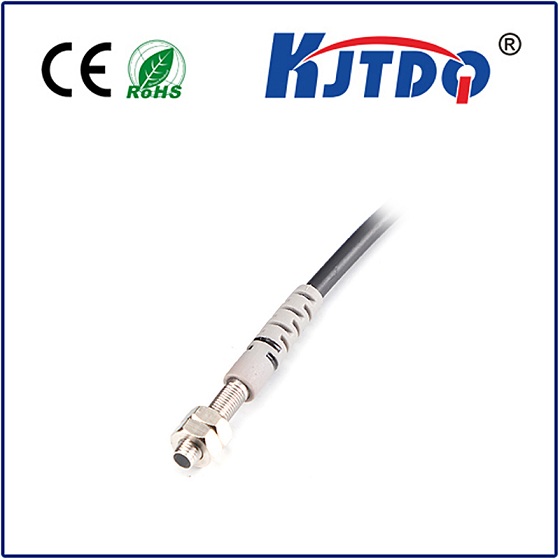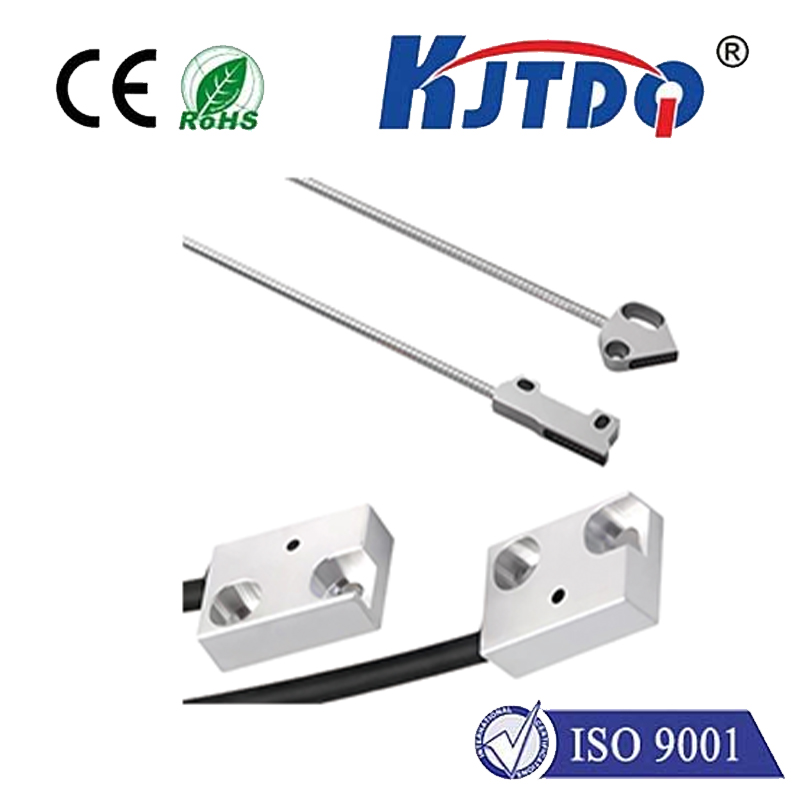

check

check

check

check

check

check

check

check

check

check
Title: Breaking the Barrier with Anti Two Block Limit Switches
In the world of automation and manufacturing, precision and reliability are key. Machines and conveyor systems require components that can consistently monitor positions and halt or initiate motion as needed. This is where limit switches come into play – specifically, the anti two block limit switch.
An anti two block limit switch is a specialized mechanism designed to overcome the limitations of standard limit switches. A conventional limit switch has two blocks that stop its operation if either one fails. With an anti two block configuration, this limitation is bypassed, ensuring uninterrupted machine operation even in the event of a single block failure.
The functionality of an anti two block limit switch enhances system uptime. By preventing downtime due to common component failures, production levels remain consistent and predictable. For industries where productivity directly impacts profitability, such as manufacturing or material handling, this reliability is invaluable.
The design of these switches also promotes easy maintenance. Should one of the blocks fail, it can be serviced without disabling the entire system. This modularity allows for faster repairs and reduces overall operational costs in the long run.
Moreover, the anti two block feature provides a safety net against false positives – situations where a switch might indicate a machinery fault when none exists. In critical applications, such as those involving heavy machinery or high-speed conveyors, avoiding false stops is crucial for maintaining efficiency and preventing potential accidents.
From a technical standpoint, integrating an anti two block limit switch into existing systems is often straightforward. Compatibility with various control systems and the ability to retrofit into older machines make this upgrade accessible across diverse industrial settings.
As industry trends lean towards automation and the Internet of Things (IoT), the intelligence built into components like the anti two block limit switch plays a fundamental role. Data gathered from these switches can be used to analyze machine performance, schedule maintenance, and optimize processes in real-time.
In conclusion, the anti two block limit switch represents a significant advancement in industrial sensing technology. Its ability to negate the drawbacks of traditional limit switches ensures improved system reliability, easier maintenance, and seamless integration into automated environments. As we push towards more efficient and connected factories, components like these switches are essential building blocks for success.
